I tried doing the humble cat-cow pose every day for two weeks to help me ease some tightness and tension in my back - here’s what I discovered
A more supple spine, here I come...
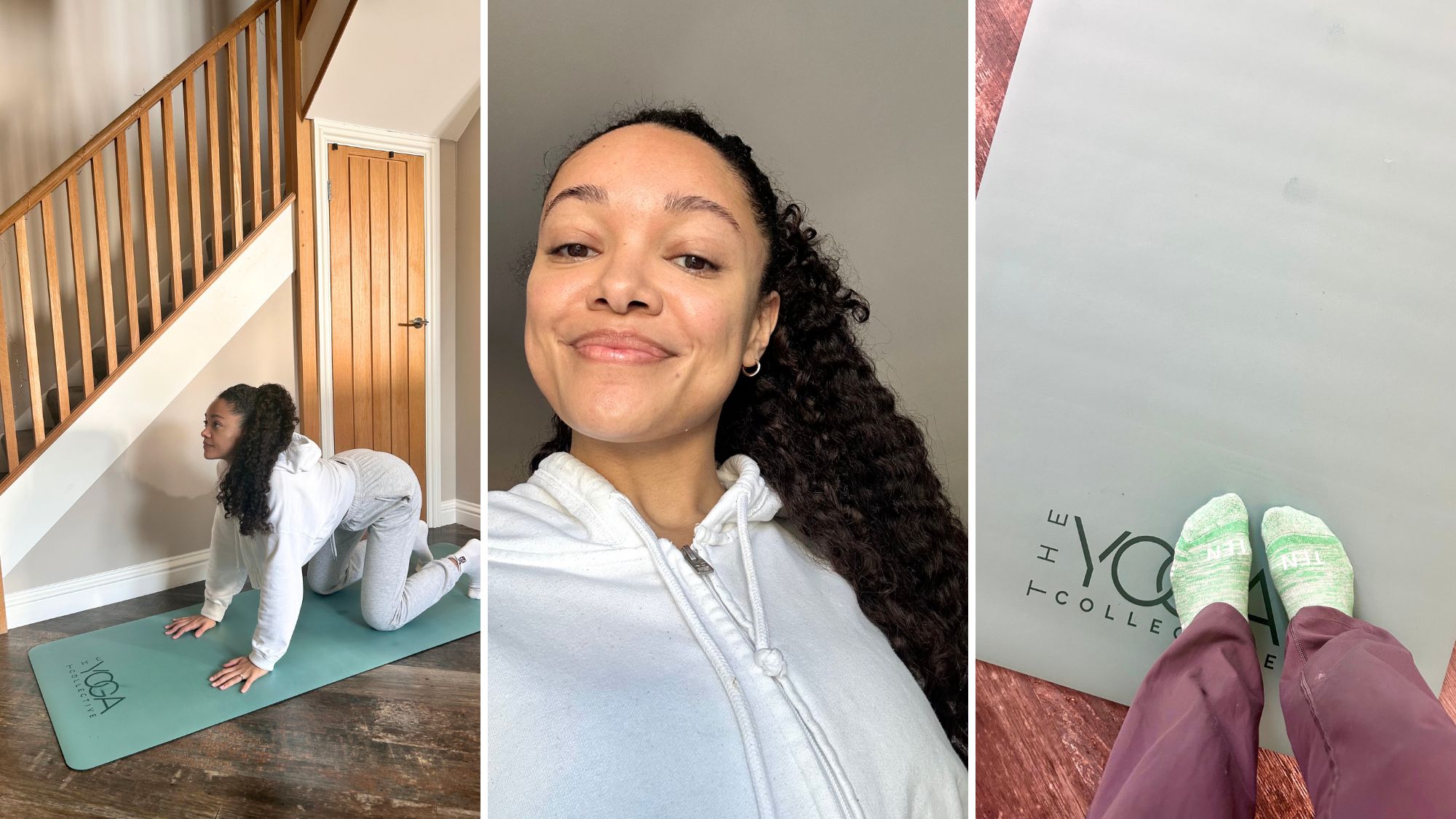

“You're only as young as your spine is flexible,” so said Joseph Pilates, the OG creator behind the low-impact practice of Pilates. And if that’s the case -thanks to years' worth of sitting for longer behind my desk than I should - I’m old before my time. So could doing cat cows every day for two weeks help? After hearing about yoga instructors rave about the move, I decided to put it into practice.
“Cat-cow pose is one of my favourites as it’s a comprehensive movement that involves transitioning between two positions: Cat Pose (Marjaryasana) and Cow Pose (Bitilasana),” explains yoga instructor Ayesha Bell. “This dynamic stretch is typically performed on all fours, making it accessible to nearly all fitness levels,” the yogi adds.
The move is often performed in Vinyasa yoga, but you'll spot it in Iyengar yoga, Hatha yoga, and Ashtanga yoga too. It works to gently shift your spine through flexion and extension, which, according to The Yoga Collective’s Olga Church, is an “excellent way to maintain spinal health daily".
Over the years I’ve built up a bank of tips and tricks from speaking to experts on how to ease tightness and tension felt in my lower back. For example, when done with the correct form, lower back pain exercises can offer some relief, while resetting my posture and working on my core strength can help too. Plus, as a 2023 trial found, stretching can be "effective" for those with non-specific low back pain.
But how would the humble cat-cow stretch fair? After getting the green light from instructors that the yoga pose would be safe to do, I decided to put the quick and beginner-friendly cat-cow to the test. To find out what happened after I completed it every day for two weeks, keep scrolling.
While you’re here, check out our guides to yoga for lower back pain, yoga for flexibility and yoga for energy. You might also be interested in discovering what happened when one writer committed to stretching every day for a year.
Cat cow is meant to be one of the best yoga poses for boosting flexibility - so I tried it every day for two weeks
What is a cat-cow yoga pose?
If you’ve practiced yoga or Pilates before, you’ve probably encountered the dynamic cat-cow stretch that involves moving through two different positions, while focusing on your breath.
Marie Claire Newsletter
Celebrity news, beauty, fashion advice, and fascinating features, delivered straight to your inbox!
“The cat cow pose is a gentle, flowing movement that links breath with spinal flexion and extension," explains Church. "It’s often used as a warm-up to mobilise the spine, improve posture, and enhance body awareness.”
To master the move, Church recommends:
- Start in the tabletop position, by getting on to all fours, with your wrists under your shoulders and knees under your hips.
- Inhale and drop your belly towards the mat. Lift your tailbone and chest while drawing your shoulders back. Gaze forward gently, keeping the neck relaxed for your cow pose.
- Exhale and round your back towards the ceiling. Tuck your chin to your chest, engaging your core. Press through your hands, spreading the shoulder blades apart. This is your cat pose.
@rebecca_sk ♬ Spring - Andrea Vanzo
What are the benefits of doing a cat cow yoga pose?
Cat-cow offers benefits for both your mind and body. It can:
1. Improve spinal flexibility
“It helps to improve spinal flexibility and mobility by gently encouraging movement through the vertebrae, which is essential for maintaining a healthy back,” Church says.
2. Help with spinal alignment
“This pose enhances posture by bringing awareness to spinal alignment and reducing stiffness in the upper and lower back,” Church says.
3. Promote relaxation
Church says that’s down to the deep, rhythmic breathing involved as you flow through the two different asanas, which can help to relieve stress.
4. Boost core strength
“When we engage the core during the transitions between cat and cow, it can help strengthen abdominal muscles, contributing to better stability and balance,” Bell explains.
5. Help relieve back and neck tension
“The gentle flexion and extension (the up and down and rounding movement of the spine) can relieve tension in the back and help alleviate discomfort, making it particularly useful for someone experiencing stiffness or pain due to prolonged sitting,” Bell explains.
6. Deepen the mind-body connection
Bell says cat-cow can help promote mindfulness and relaxation through breath awareness.
7. Improve functional fitness
One 2023 study found that implementing a chair yoga program (which included completing seated cat-cows) twice a week for twelve weeks "effectively improved" functional fitness, which is the type of fitness that helps you perform everyday tasks like bending, lifting, and pushing.
@itssydneynoelle ♬ Luxury: Cococure (Remastered 2018) - Maxwell
Which celebrities are thought to love a cat cow?
Seeing as cat-cow is a pose used most often in Vinyasa yoga - which involves moving through a series of poses in a sequence - celebrities like Beyoncé, Sting and Jennifer Anniston are all reported to be fans.
But, as we mentioned, cat-cows might also feature in Iyengar yoga, which Miley Cyrus and Alicia Keys are reported to practice and the same goes for Halle Berry and Jessica Alba, who are said to favour Hatha.
I tried doing cat-cow pose every day for two weeks
Week one
While a cat-cow might be a more dynamic style of yoga, as you're flowing between two poses, I decided to take my time working every vertebra through each movement as I completed this asana ten times, twice a day. This made sure I was gently easing into each pose at my own pace.
Doing so helped me clock what areas of my body (particularly my spine!) felt a little bit sticky. I noticed that rounding my back into the cat posture felt easier than the cow. Whereas the cow pose gave my chest a deep and satisfying stretch while working to relieve some built-up tension I was holding in my back, shoulders and neck.
Doing so made me realise how little I placed my body into this position on a daily or weekly basis. Being sat at my desk, I often catch myself hunching forwards more often than backward. So I made a mental note to stay a little longer in the cow position during the week, to help acquaint my spine with this type of back extension pose.
The hardest thing I found during week one was remembering to inhale as I moved into my cow position and exhale in my cat. But after focusing on this and getting my breathwork under control, that’s when I really noticed the power of the pose - as I felt like I could breathe deeper and work into every inch of my spine. Explaining why this might be the case, Bell says: "The marriage of the breath and the movement helps release tension."
All in all, I ended the week with the cow pose being slightly easier to do than before - and that's a win, my spine and I are taking.

Rebecca during her two week cat cow challenge
Week two
Happy with the progress I’ve made, I decided to dedicate my second week to completing the cat-cow for ten reps, three times a day. The first set first thing, the second while my lunch was reheating and the third after I’d closed my laptop or just before bed.
I think this made the biggest difference to my flexibility levels as before any bad habits had a chance to set in, like prolonged periods of sitting, hunching or stress-related tension, my back was being put through its paces in extension and flexion.
"The gentle, flowing motion alternates between rounding and arching the spine, which helps relieve tension and stiffness, especially in the lower back," Church reminded me. And over the course of the week, I felt this to be true.
Along with helping me dust the cobwebs (read: stiffness) away, a cat-cow set also helped me get a screen break and reset my posture each time I got up and onto my mat. Plus, each time I left my mat and returned to my seat, my posture would be front of my mind.

Rebecca at the end of her two week cat cow challenge.
My verdict?
It probably comes as no surprise that doing the cat-cow every day gets a big tick from me. In the space of two weeks, it's helped me ease some tension I was holding in my back, neck and shoulders and give my chest a deep stretch. If I had to sum it up, my whole body feels a little bit lighter.
But it's not just the physical benefits that will keep me coming back for more. The process of inhaling and exhaling deeply went a long way in relieving some stress too. When you're working through these two poses for minutes at a time and really concentrating on your breath and body, I had no other choice than to be present, which provided me with some much-needed headspace.
The only thing I would say is that while I have seen and felt my mobility levels increase, cat-cow alone won't make my achy back go away. I need to continue to implement good working-from-home practices, like actually using my laptop stand, taking regular screen breaks and working on my core strength, which are good defenders against back pain.
Either way, I'll continue to weave as many cat-cows into my day because it feels great and because Bell highlights: “Any time of day, if you can find the space, is beneficial.”
Shop MC UK's yoga workout essentials here:
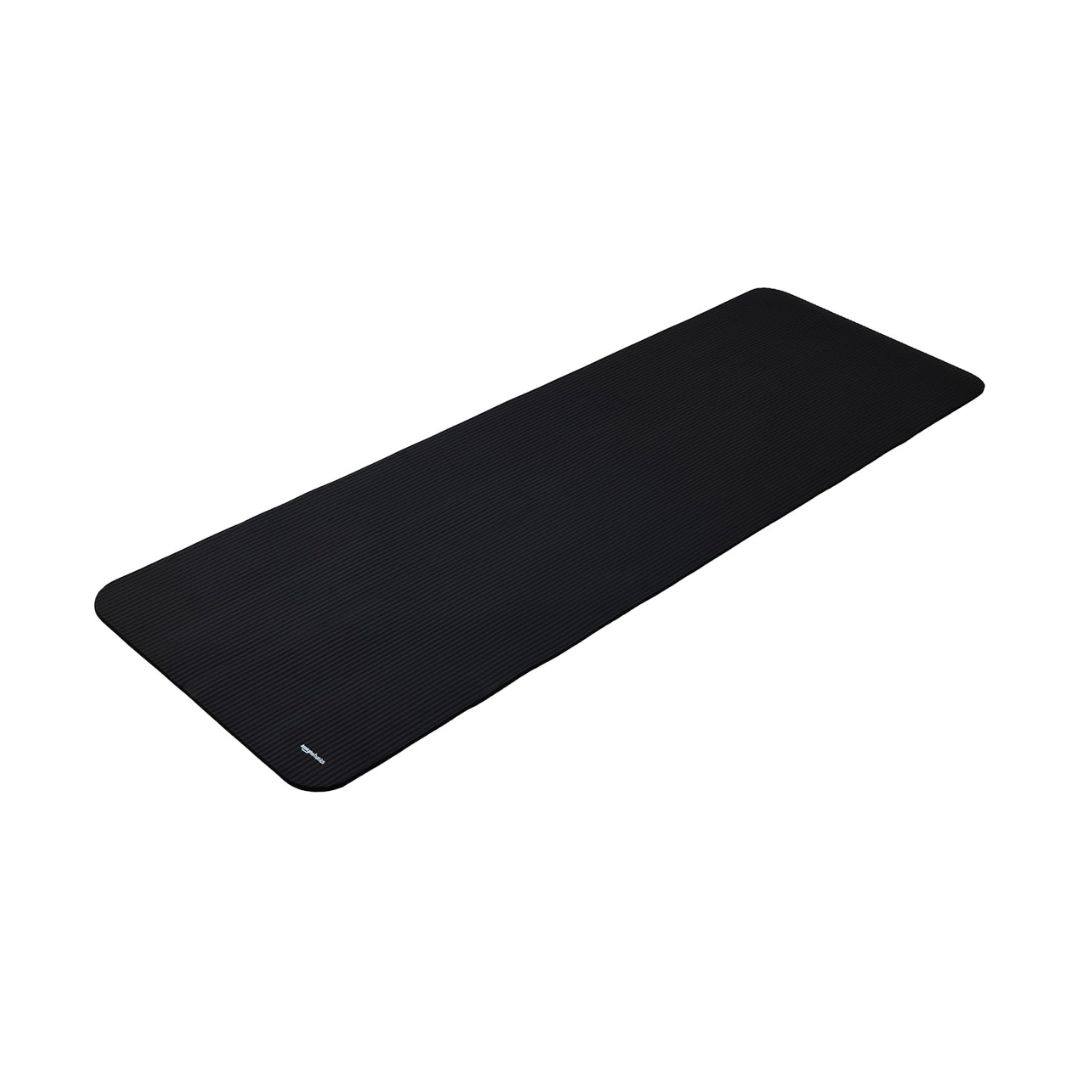
Super grippy, deliciously squidgy thanks to its 4mm of thickness and premium feeling, this mat had my back during this challenge by cushioning my knees and wrists during each cat-cow rep. It's super affordable, too.
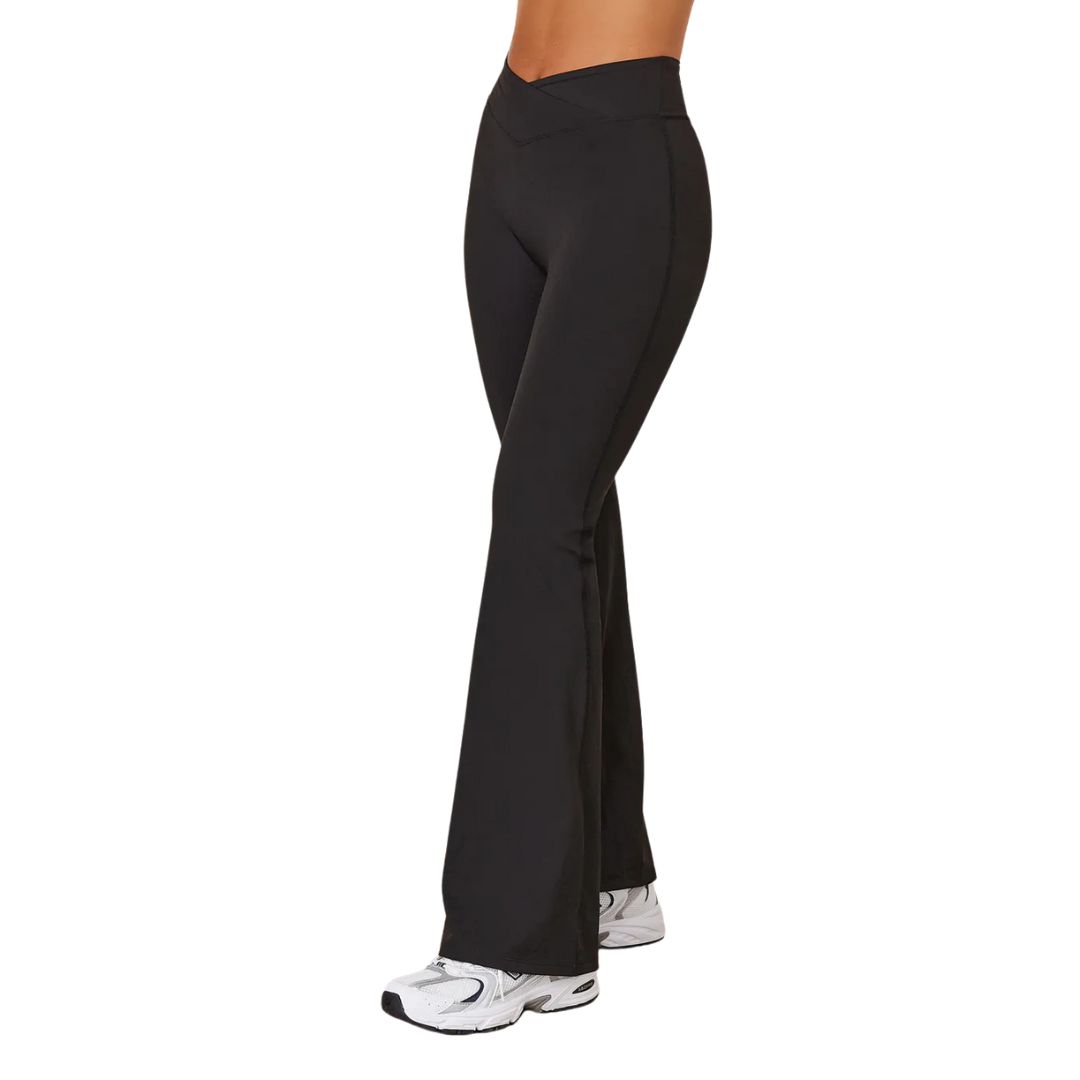
Featuring in our guide to the best yoga flares, we love the fact these flared beauties include sizes up to 3XL, come with a sculpting fit and they're packaged up into an affordable price point.
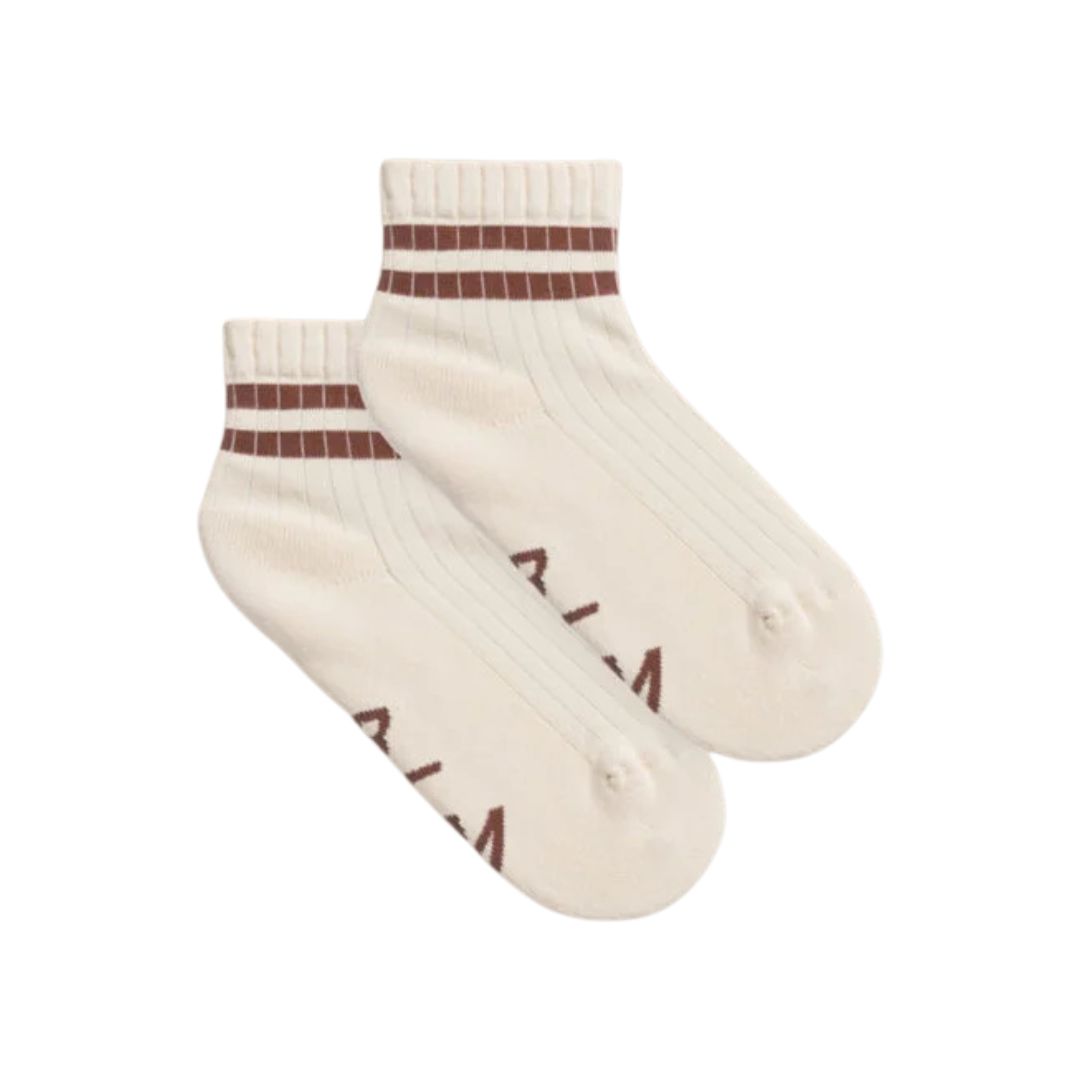
Keep your practice comfy and cosy with a soft-as-can-be pair of thick knitted socks, like these options which are made from organic cotton.
Can you do cat-cow every day?
Cat-cow is thought to be safe to do every day. “It’s even encouraged as part of a regular movement routine,” Olga Church, The Yoga Collective’s in-house instructor says. “Since it is a gentle, low-impact exercise, it can be practised by people of all ages and fitness levels," the expert adds.
That said, if you experience sharp pain or discomfort while performing this pose, Church said you should stop and seek guidance from a yoga instructor or healthcare professional.
“Those with specific spinal conditions, such as herniated discs or osteoporosis, may need to modify the movement to suit their needs. Otherwise, when done with awareness and proper form, cat-cow is an excellent way to maintain spinal health daily.”

Rebecca, or Becks, is a freelance journalist with more than ten years of experience in the industry. She specialises in all things health and lifestyle and has written for a number of brands including Women's Health, Stylist, the Evening Standard, Good Housekeeping, The Telegraph, Live Science, Tom's Guide and Fit&Well. Becks also writes copy for a number of brands and small businesses.
When she's not weight training, tracking down the best gym leggings, reading a book or at her desk typing away, you'll find her in the kitchen perfecting a new recipe or bake.
-
 Mytheresa is having a secret sale right now and these are the 11 cult items I'm eyeing
Mytheresa is having a secret sale right now and these are the 11 cult items I'm eyeingIncluding the designer bag that was everywhere at Milan Fashion Week
By Clementina Jackson
-
 Prince Harry reportedly extended an 'olive branch' to Kate and William on latest UK trip
Prince Harry reportedly extended an 'olive branch' to Kate and William on latest UK tripBig if true
By Iris Goldsztajn
-
 How Prime Video is protecting Blake Lively amid her new movie promo
How Prime Video is protecting Blake Lively amid her new movie promoAn understandable move
By Iris Goldsztajn
-
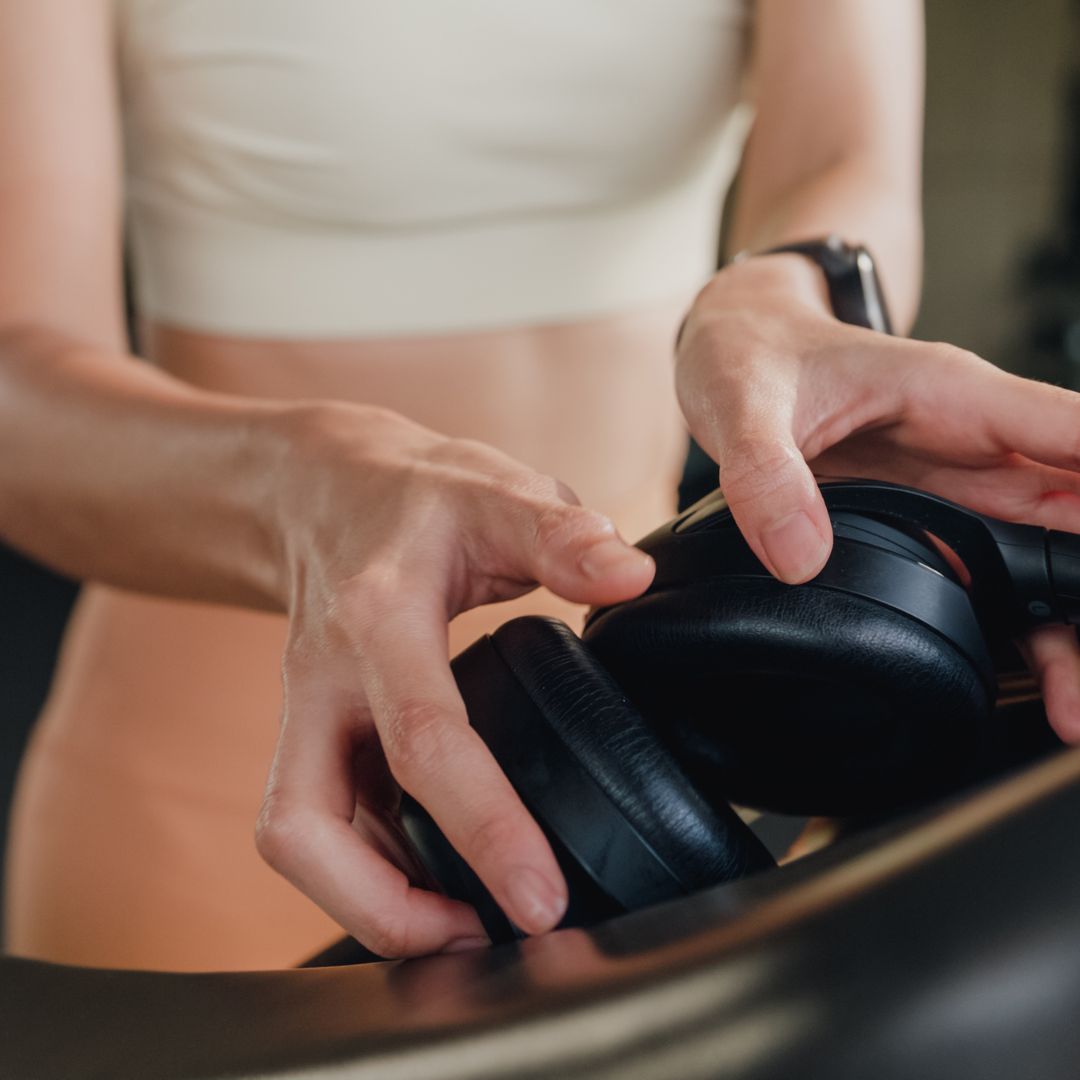 It's the must-have bit of fit kit of the year - a fitness expert shares their 5 top tips for choosing a walking pad
It's the must-have bit of fit kit of the year - a fitness expert shares their 5 top tips for choosing a walking padThis year's fitness must-buy.
By Katie Sims
-
 I tried Pilates roll-downs every day for a week - and was amazed at how quickly it eased years of stiffness
I tried Pilates roll-downs every day for a week - and was amazed at how quickly it eased years of stiffnessConsider my spine more mobile than before.
By Rebecca Shepherd
-
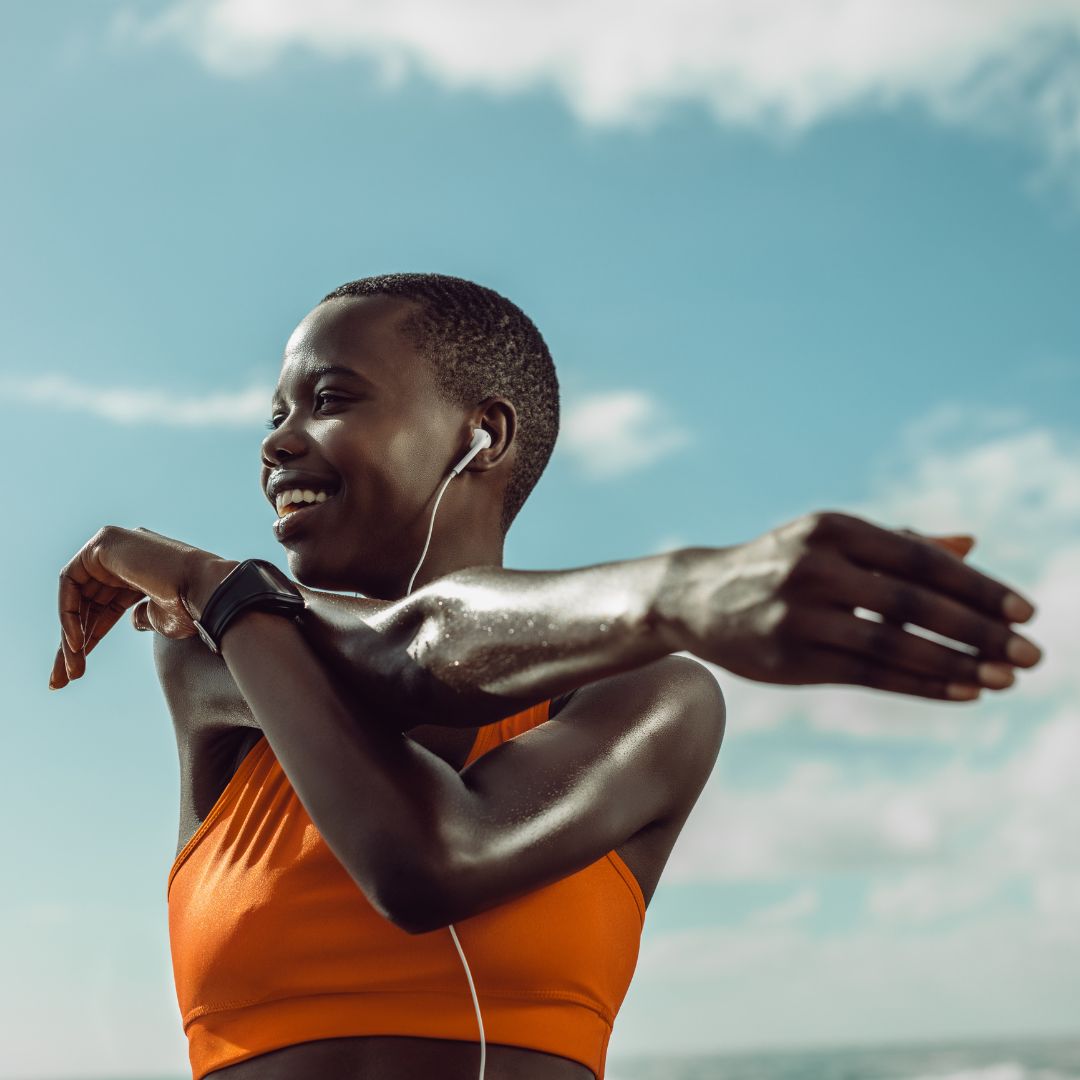 Spring has finally sprung - 6 best outdoor workouts that are totally free and boost both body and mind
Spring has finally sprung - 6 best outdoor workouts that are totally free and boost both body and mindSoak in the nature and boost Vitamin D *and* endorphins.
By Anna Bartter
-
 Fan of low-impact sessions? These are officially the 7 best Pilates apps for boosting strength, tone and mood
Fan of low-impact sessions? These are officially the 7 best Pilates apps for boosting strength, tone and moodYou can thank us later.
By Katie Sims
-
 Eager to get strong from home? 6 advanced resistance band full body workouts that'll boost tone, balance and flexibility
Eager to get strong from home? 6 advanced resistance band full body workouts that'll boost tone, balance and flexibilityYes, you can get strong without weights.
By Anna Bartter
-
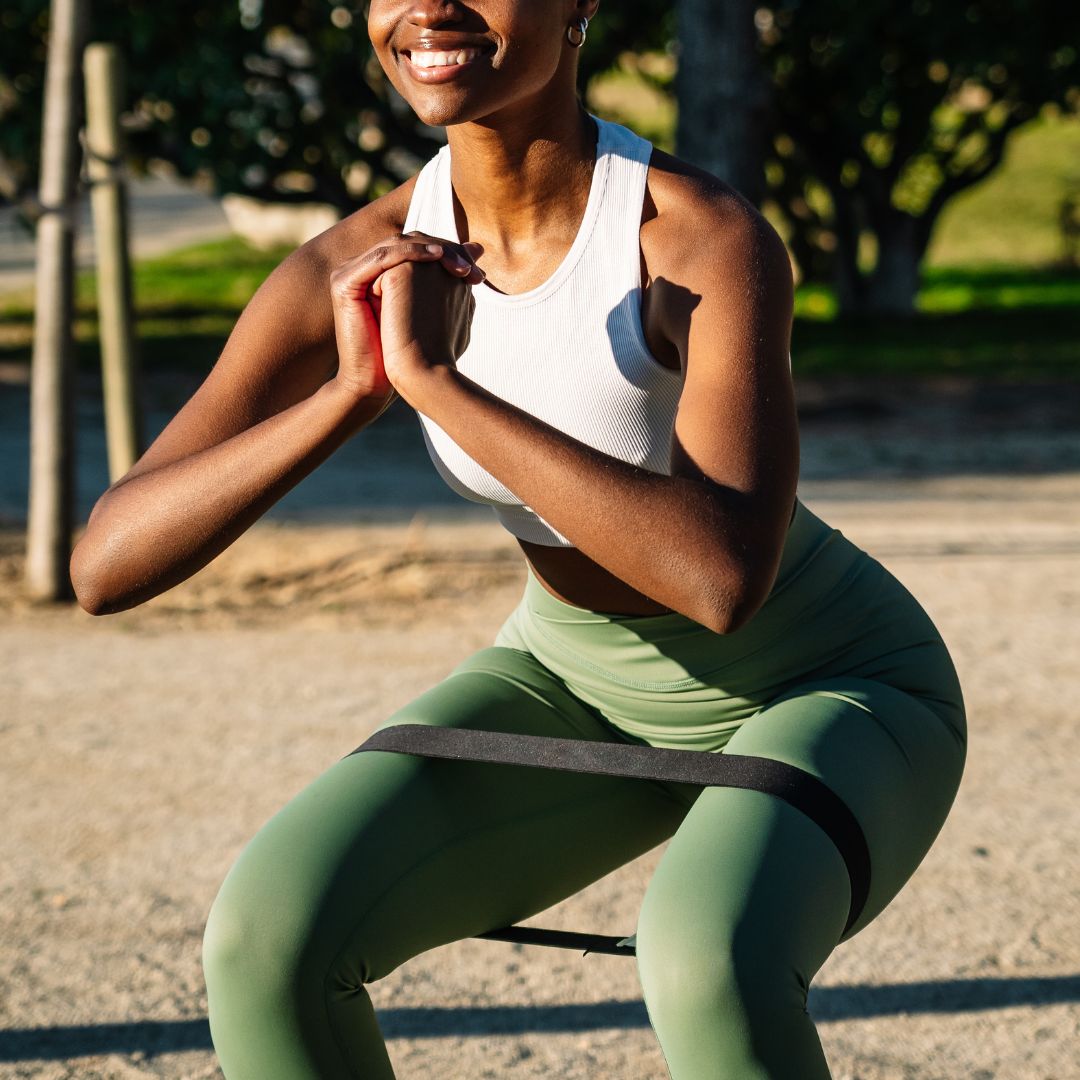 Loving your home workouts this year? 5 best YouTube resistance band workouts that are free *and* effective
Loving your home workouts this year? 5 best YouTube resistance band workouts that are free *and* effectiveSave these for later.
By Anna Bartter
-
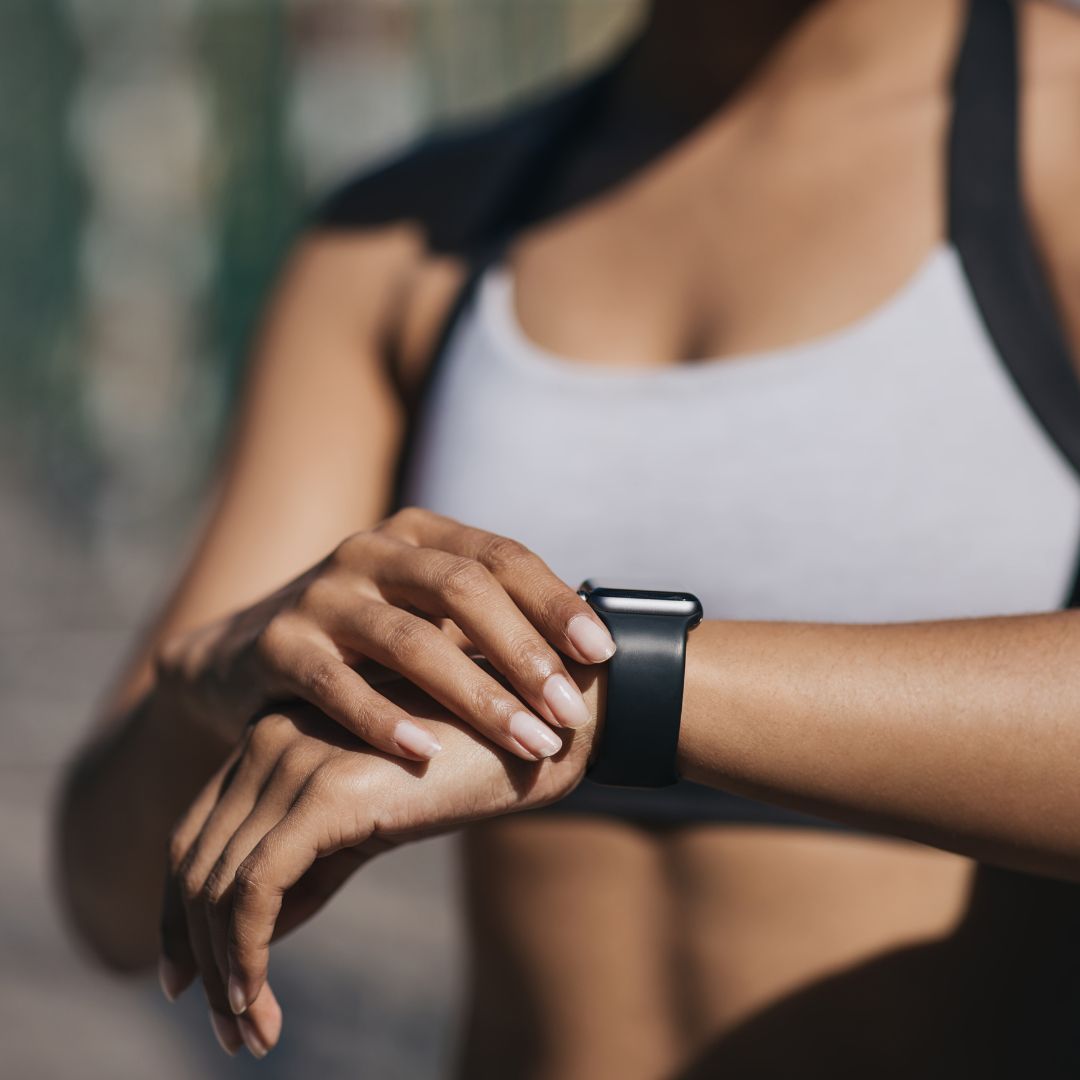 Still finding it too cold to exercise outside? 7 best advanced home workouts to boost muscle and endurance
Still finding it too cold to exercise outside? 7 best advanced home workouts to boost muscle and enduranceBecause home workouts aren't just for beginners.
By Anna Bartter
-
 I tried one of the most popular yoga poses, down dog, every day for two weeks - and it felt like a reboot for my mind, body and posture
I tried one of the most popular yoga poses, down dog, every day for two weeks - and it felt like a reboot for my mind, body and postureFile under: a yoga pose I'll keep coming back to.
By Rebecca Shepherd